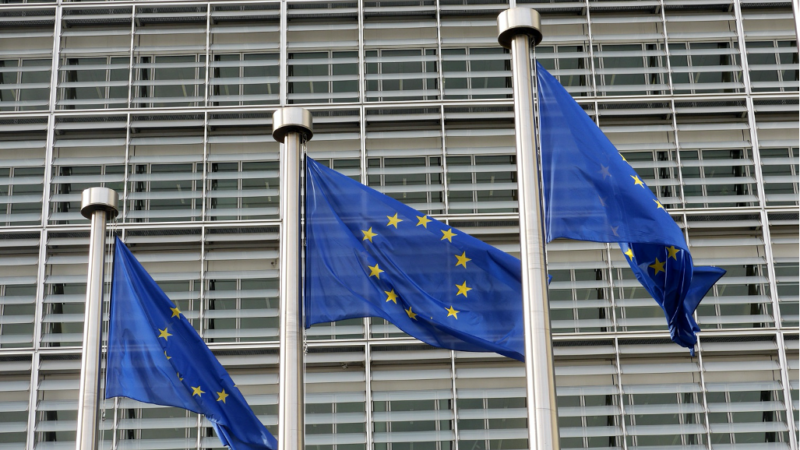The role of lighting, Signify argues, may be crucial in the success of a recently published continent-wide initiative by the European Commission.
Buildings account for about 40% of the EU’s total energy consumption while only 1% are renovated to increase their energy efficiency each year.
But last month, the Commission released its Renovation Wave Strategy, which aims to double the rate of these renovations within the next ten years as part of its green economic recovery.
Through the initiative, around 35 million buildings could be renovated, seeing an addition of 160,000 jobs in the sector and helping to accelerate the goal of a climate-neutral continent.
“We want everyone in Europe to have a home they can light, heat, or cool without breaking the bank or breaking the planet,” said Frans Timmermans, Executive Vice-President for the European Green Deal, adding that the strategy would “improve the places where we work, live and study.”
Signify, formerly Philips Lighting, has welcomed the initiative and argues that lighting is a quick, easy, and non-intrusive way to immediately improve the energy efficiency of all types of buildings.
This year, the company achieved 100% carbon neutrality and this was, in part, realised by renovating its own buildings, switching to LEDs, and using electricity powered by renewable energy.
“We welcome the Renovation Wave as the best kick-start of economic recovery in Europe,” said Harry Verhaar, Head of Global Public and Government Affairs at Signify.
“Increasing the renovation rate of our buildings is the biggest job machine at our disposal, and these are good local jobs that replace expensive energy imports,” he added, echoing IEA Executive Director Fatih Birol who, in June, similarly described energy efficiency as a “job machine”.
The company has also joined the Net Zero Carbon Buildings (NZCB) programme, which calls on organisations to commit to taking urgent action in decarbonising the built environment.
Lighting, Signify says, presents a remarkable opportunity within the Commission’s strategy and as a form of renovation can be “as easy as changing a light bulb”.
The Philips DimTone, for example, is 90% more energy efficient than a standard halogen bulb, while its LED streetlight technology can reduce consumption by up to 50% in a city, or 80% when paired with smart remote management.
When Deloitte Digital, renovated three floors in its Milan office, it had in mind reducing its emissions and giving employees greater control of their workspace in an open plan environment. The renovation included 250 connected Philips LED luminaires plus integrated sensors to collect, share and distribute data throughout the office environment – all managed by Interact Office software.
The facilities managers not only saved massively on electricity costs but gained gain valuable data insights into how their office space was used resulting in improved office efficiency and reduced costs.
However, the company argues that, although these upgrades are simple, straightforward and would create early results for the EU, they’re just not happening fast enough.
A large part of the Renovation Wave and the Commission’s recovery plan as a whole is to integrate digitalisation, which Signify says is “crucial in fostering new forms of growth and strengthening the EU’s resilience.”
It argues it is lighting that, through renovations, can create a platform for other energy efficient technologies and improve the digital infrastructure of where we live, work, shop and play, bringing about real change in the coming months and years ahead.
This post was sponsored by Signify. See our editorial guidelines for what this means.
